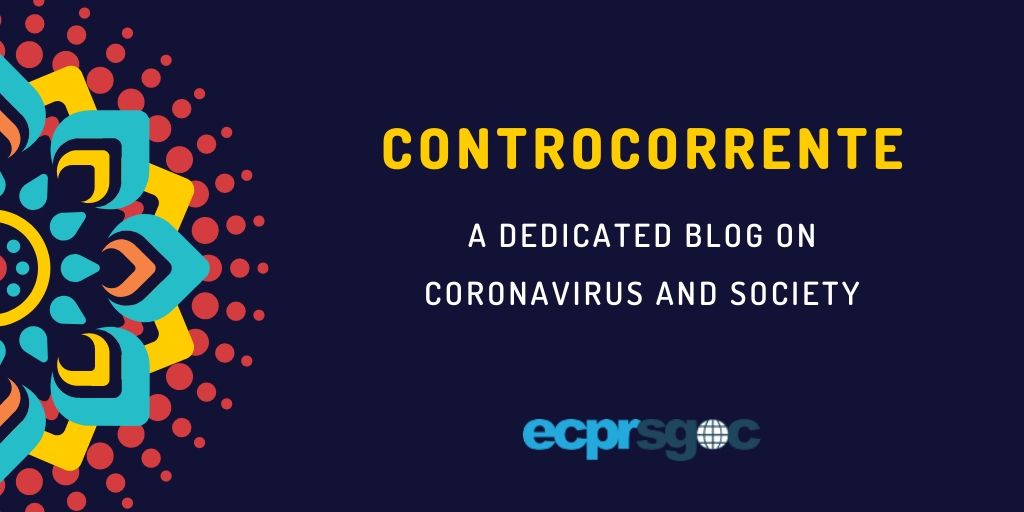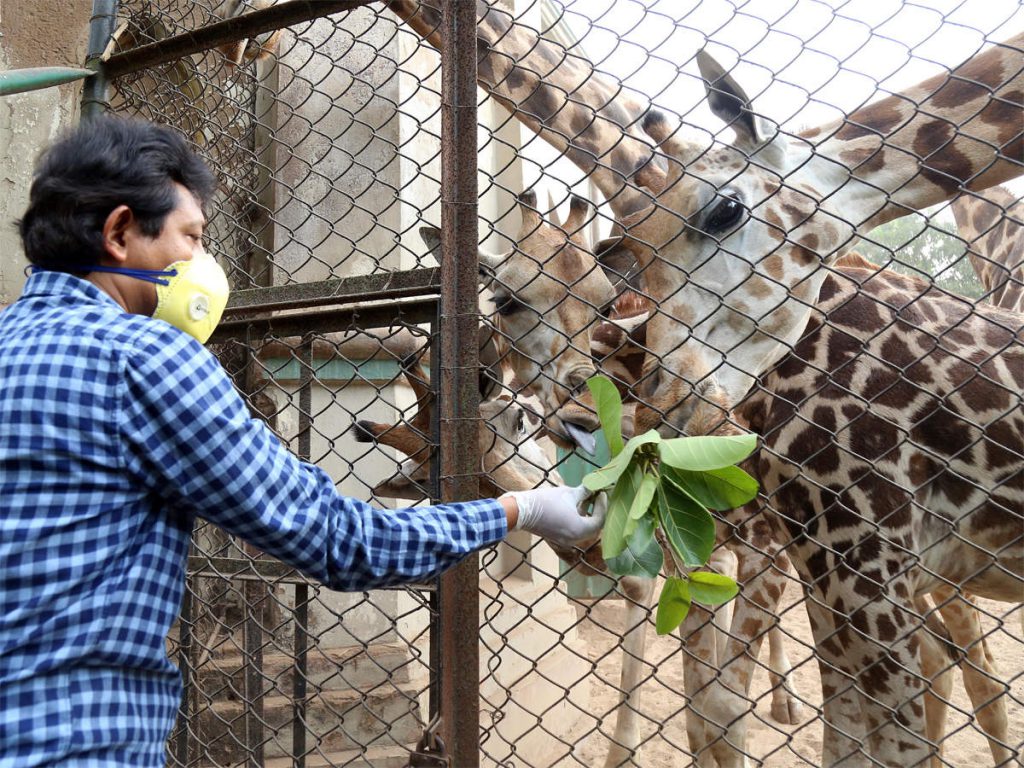
A Criminologist’s musings on the pandemic and wildlife trade and trafficking
Tanya Wyatt
Northumbria University
I have been researching illegal wildlife trade for 15 years. The coronavirus pandemic, therefore, is a shock, but not a surprise. All that time, I have been citing work of epidemiologists warning that wildlife trade—legal and illegal—posed animal, human, and public health risks. Since my specialism is at the heart of the now 9 weeks of staying at home, I am continually reading the latest back and forth as to whether we should or should not ban wildlife trade going forward. There are 3 things that jump out at me:
Conservationists are leading the discussions
Conservationists at academic institutions and non-governmental organisations seem to be driving this conversation. Predominantly, they focus on Africa and Asia, and ignore the rest of the world. They fall into the two camps that perpetually divide wildlife trade discussions—those advocating for utilisation and sustainable development and those for protection and the precautionary principle, the latter of which includes animal welfare and rights individuals and groups. This is a simplification, but captures the ideological landscape. Utilisation proponents argue that wildlife is a renewable resource that people have a right to use; their traditions, survival and livelihoods depend upon that use. Protection proponents argue we should err on the side of caution and limit wildlife exploitation not only for conservation, but because wildlife has intrinsic value beyond their use to people. It is probably obvious, which group is saying we should ban wildlife trade and which group is saying that we cannot.
As a biologist (at least by my UG degree) turned social scientist, I find it interesting and frustrating that those trained in conservation, ecology, biology and so forth are leading policy about human behaviour, regulation and governance, and crime. This isn’t just the case with the pandemic; this has been true for years. Wildlife trade and trafficking have featured on the global agenda such as the UN General Assembly Resolution adopted in 2015, and the London conferences on Illegal Wildlife Trade in 2014 and 2018; these fora were dominated by conservation NGOs. I know from interviews with wildlife law enforcement officers around the world that they are baffled by largely being left out of the discussions.

Wildlife Trafficking isn’t considered real crime
We know in criminology that environmental and wildlife crimes are not prioritised to the degree of other crimes. We know that law enforcement tasked with environmental and wildlife crimes are often not treated on par with police of traditional crimes (i.e. murder, assault, rape and so forth) not only by fellow officers, but also in terms of governments granting them fewer powers, such as not being able to arrest suspects or conduct investigations.
I think this attitude is evident in global discourse as well. Back in 2010, Samantha Bricknell wrote “Of note is the consistent use of the preface ‘illegal’ in the listed activities constituting environmental crime, a preface not regularly employed when describing other categories of crime”. This happens all the time in illegal wildlife trade media coverage, academic publications, and policy briefs. For instance, the UN General Assembly Resolution above is titled “Tackling illicit trafficking in wildlife” – trafficking means that the activity is illegal/illicit, so why include illicit?
In my many interactions with wildlife NGOs, there are the same and similar examples. Avoidance of the use of ‘offender’, ‘criminal’, ‘poacher’, ‘smuggler’, ‘trafficker’ for people who have committed wildlife crimes because these words label them as criminals. The argument made to me has been there are underlying reasons why they have committed the wildlife offence, so should not be labelled this way. This is true of every person breaking the law, why the justification to treat wildlife criminals differently? This approach to wildlife trafficking is likely to affect regulations aimed at preventing future pandemics
CITES isn’t enough
Since May 2018, I studied the implementation of and compliance with CITES (the Convention on International Trade in Endangered Species of Wild Fauna and Flora) under an AHRC Leadership Fellowship. This meant I have worked a lot from home in the last two years, so the lockdown hasn’t severely disrupted my routine. Mostly though, the project has reinforced that CITES—a trade convention meant to ensure the sustainable trade and survival of listed endangered species—may not be up to the task of either banning or improving regulation of wildlife trade. More species are listed every 3 years at the CITES’ convention, indicating sustainable trade is not happening. And the dozens of people I have surveyed and interviewed highlight CITES isn’t able or willing to demand better implementation and compliance by the 183 members. Countries, which are known to have poor or no science informing their species trade quotas, which don’t report for years at a time etc. are still awarded Category 1 status—that they have implemented the Convention fully, though they haven’t. In addition, apart from guidelines on how to transport live animals, CITES says nothing of animal welfare, a key element to stop pandemics.
But the Secretariat’s official statement saying that CITES has no mandate related to zoonotic diseases, clearly indicates CITES isn’t the mechanism for tackling wildlife trafficking or prevention of future pandemics. Since they are unwilling to contribute to the response, some other means must be found such as the former CITES Secretary General, John Scanlon’s, proposal for adding wildlife trafficking to the UN Convention on Transnational Organised Crime.
So as the lockdown continues, I remain working from my sofa writing about CITES and what can be done about wildlife trade and trafficking. Now, this has more urgency than before and the public health and animal welfare elements have become more critical. I’ll carry on despite the ongoing frustration of social scientists/criminologists/law enforcement not being listened to and hope that in the near future a truly interdisciplinary effort will be made to stop the next pandemic.
References
Bricknell, S. (2010). Environmental Crime in Australia. AIC Reports Research and Public Policy Series 109. Canberra: Australian Institute of Criminology.
***
This blog aims to reflect the opinions, thoughts, and concerns of academics and researchers related to COVID-19. All views belong to authors and it does not represent the views of any organisation.

